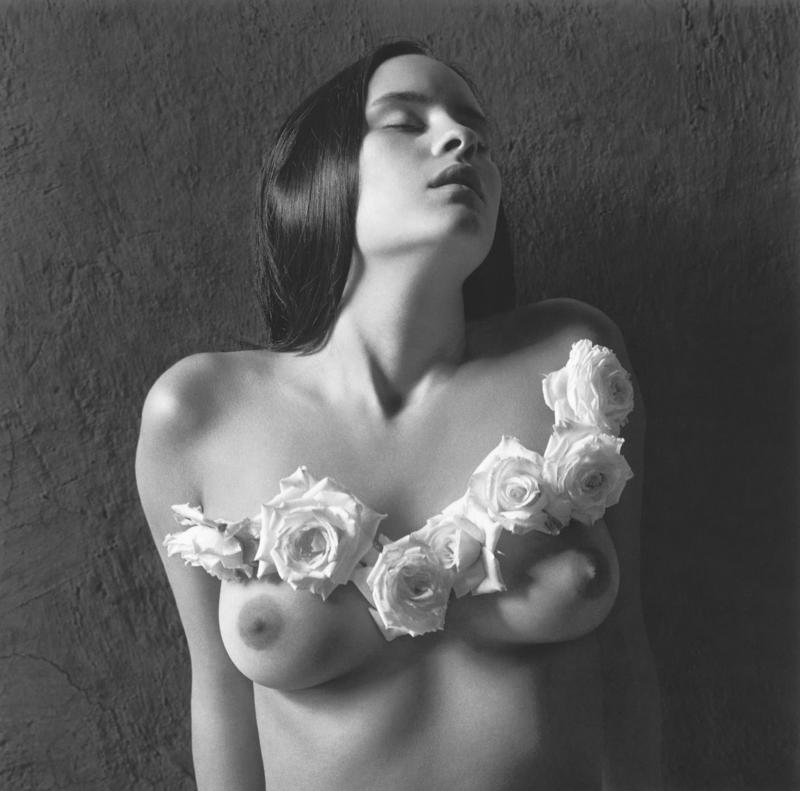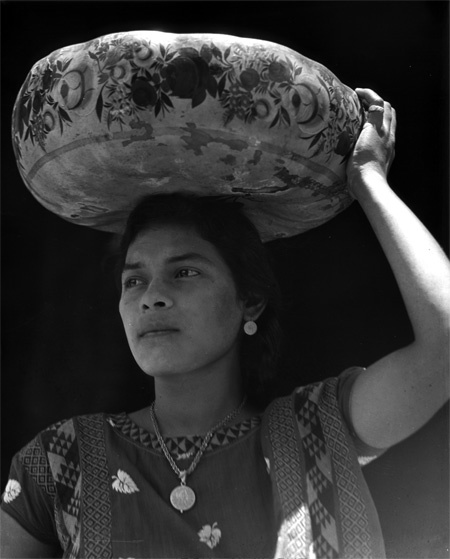La Chica Moderna
Post-Mexican Revolution created a new visual culture as well as a national identity, even though women were participants in the revolution as soldiers, they also served as cooks, nurses, and spies. Women began to challenge the norm by dressing up and calling themselves Las Pelonas (baldies) or La Chica Moderna (modern women) by wearing their hair bobbed, raised skirts, and exposed arms and legs. La chica moderna are educated, determined to succeed but still feels the pressure from the patriarchy of Mexico’s Catholic society to continue the role of a mother and wife. These new changes to appearance created a new image of women as well as advancing in fields in education, sports, and political activism that traditionally belonged exclusively to men. The modern women were stigmatized as “masculinized” females and coincided with the expansion of educational institutions. Women’s enrollment increased in schools and so did the controversy of a women’s place in Mexico’s society which led to antifeminism. The Machismo (extreme male dominance) attitude played a significant role in making it difficult for feminism to move forward. This attitude manipulated the feminist movement with the Catholic church by ridiculing and ignoring women’s issues and equality.
While La Chica Moderna was rising a counterculture of the indigenous woman was rising as well. The indigenous woman was a sign of cultural authenticity and was the opposite of the modern woman. Mexican women were adopting the Tehuana costume which is a brightly colored traditional dress worn by Zapotec women from the Isthmus of Tehuantepec (Zavala, 2010). The traditional Tehuana costume is a contrast with industrialization and Western colonization. The ideology of the classic traditional Mexican dress was created by the people for the people. Society often warned women of embracing in being modern, and the habits of smoking, driving and drinking. Women were pressured into social roles as they were constantly changing.
Women wanted to be modern despite the countless images in murals, paintings, and photographs that portrayed women to be beautiful Indias Bonitas (pretty Indians) including those by Diego Rivera (Zavala, 2010).

